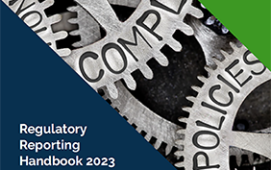Trade life-cycle infrastructure provider Quantave has begun beta testing of a digital assets infrastructure that aims to improve access to liquidity available in digital currencies such as Bitcoin and Ether, according to Paul Gordon, CEO of the company. The volume of digital assets trading can be as much as $2 billion daily worldwide.
“Accessing available liquidity is a convoluted process,” he says. “Consolidating liquidity is a key factor to help it grow. We enable a single on-ramp so our customers can access multiple pools of liquidity. We remove the complexity and put as much as possible under the hood, so the experience looks like any other market access.”
Quantave, established in late 2014, plans to roll out its digital asset infrastructure formally over the next three to six months. Quantave’s infrastructure allows institutional investors to use digital asset management to access liquidity in a manner previously impossible, or that required repetitive onboarding and capital management processes.
“Tried and tested electronic trading methods have evolved over the past few years,” says Gordon. “In essence, we offer a liquidity bridge dedicated to the digital assets market.”
With several digital asset exchanges now operating throughout the world, users previously had to onboard individually with each venue, explains Gordon. Quantave is targeting OTC brokers and broker-dealers for the volume they are sending to these venues, he says. “We’re taking that repetitive onboarding process out of the equation, because by mutualising our platform and trade settlement facility, our customers just have to interface with us and they get the ability of multiple pools of liquidity in terms of broker-dealers that they’re working with.”
Quantave’s effort will serve as a foundation for the use of blockchain and distributed ledger technology for post-trade processes, according to Gordon. “We need to enable people to get exposure to the public blockchain space,” he says. “That infrastructure should resemble existing market infrastructures. Over time, we see the opportunity to transition and mutualise technology as it develops, but we think there will be a gap between that technology and something that is enterprise-grade ready. It’s experimental at this stage.”
Subscribe to our newsletter




